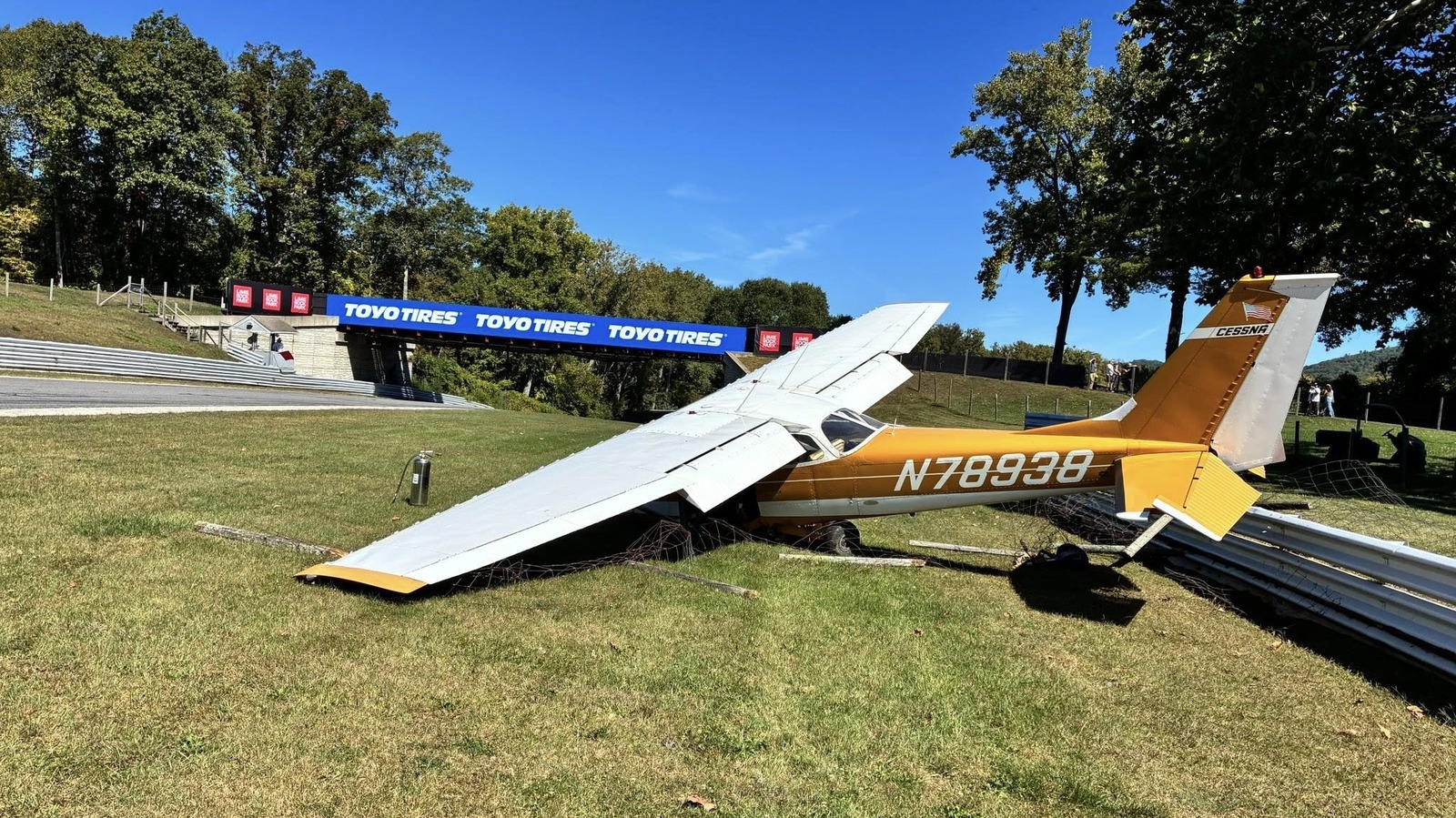What Happened During the Emergency Landing at Lime Rock Park?
On a day that was supposed to be all about speed and excitement, things took an unexpected turn at Lime Rock Park. A small plane was forced to make an emergency landing right on the racetrack, catching everyone off guard. While the exact cause of the incident is still being pieced together by investigators, the track has described it as a mechanical failure. For those who witnessed it, the sight of a plane touching down where cars usually race was both surreal and nerve-wracking.
Why Would a Plane Land on a Racetrack Instead of an Airfield?
It’s a question that’s crossed many minds: why choose a racetrack for an emergency landing? The answer comes down to quick thinking and survival instincts. When a pilot faces mechanical trouble, the top priority is finding the safest, most open space to land—fast. Racetracks, with their long stretches of flat pavement and clear sightlines, can actually be a safer bet than many crowded or uneven areas nearby. According to the Federal Aviation Administration, pilots are trained to look for any available open space in an emergency, and sometimes, a racetrack fits the bill better than a highway or field.
What Do We Know About the Mechanical Failure?
Details are still emerging, but early reports suggest something went wrong with the plane’s systems mid-flight. Mechanical failures can range from engine trouble to issues with the landing gear or control surfaces. While the investigation is ongoing, experts point out that even well-maintained aircraft can experience sudden mechanical issues. The National Transportation Safety Board (NTSB) notes that mechanical failures account for about 13% of general aviation accidents in the United States. It’s a reminder that, despite rigorous safety checks, flying always carries some risk.
How Did the Track and Emergency Responders Handle the Situation?
The response at Lime Rock Park was swift and professional. Track officials immediately called for emergency services, and first responders arrived within minutes. Their quick action helped ensure the safety of both the pilot and anyone else nearby. In situations like this, coordination between track staff and local emergency crews is crucial. Lime Rock Park’s preparedness likely played a big role in preventing a bad situation from becoming much worse.
Are There Lessons for Pilots and Event Organizers?
Absolutely. For pilots, this incident underscores the importance of regular maintenance and staying sharp on emergency procedures. For event organizers, it’s a wake-up call about the value of having robust emergency plans in place—not just for the usual risks, but for the truly unexpected. Many tracks now review their protocols after incidents like this, making adjustments to improve communication and access for emergency vehicles.
What’s Next for the Investigation and the Track?
Investigators will be combing through the plane’s maintenance records, interviewing the pilot, and examining the wreckage to pinpoint what went wrong. The track, meanwhile, will likely conduct its own review to see if any changes are needed to boost safety. While rare, incidents like this can lead to new best practices that benefit everyone—pilots, race fans, and track operators alike.
The big takeaway? Safety—whether in the air or on the ground—isn’t about perfection. It’s about smarter adjustments. Start with one change this week, and you’ll likely spot the difference by month’s end.


